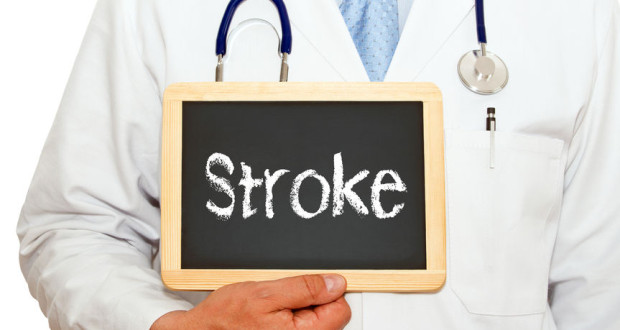When looking at the top causes of death in the United States, it becomes clear that older adults and senior citizens bear the brunt of many notorious ailments. This is especially true of strokes, which claimed nearly 130,000 lives in 2010 alone. Not only are the bulk of stroke victims over the age of 65, but an adult’s risk of stroke increases exponentially between 55 and 85, effectively doubling every 10 years during this period. In spite of these facts, it would be a mistake to think that strokes are only an issue for middle aged and elderly adults. Recent evidence suggests that strokes are starting to become a concern for people in their twenties and thirties.
A Growing Problem
In September 2013, a report spearheaded by the American Academy of Neurology (AAN) announced that adults under the age of 45 faced an increasing risk of stroke. This research, published in the September 17th issue of the journal Neurology, found that 15 percent of the most common types of stroke occurred in adults aged 18 to 44. The ANN study estimates that between 520,000 and 852,000 stroke victims belong to this age group. Additionally, people in the 15 to 44 age bracket are being hospitalized more frequently for stroke. The amount of increase depended on age and gender, ranging from 23 to 53 percent over a span of thirteen years (1995 to 2008).
A second study, published just one month later in the Lancet medical journal, reached a strikingly similar conclusion. This research was conducted by a team of doctors on behalf of the Global Burden of Diseases, Injuries, and Risk Factors Study 2010, a project geared towards measuring the worldwide impact of prominent health threats. The authors of this report poured much time and effort into their work, examining over 100 studies of stroke patients published between 1990 and 2010.
During this twenty year time span, the number of adults aged 20 to 64 who experienced strokes rose by 25 percent. Worldwide, people in the this demographic now make up roughly one-third of stroke victims; the 20 to 64 age grouping accounted for 31 percent of stroke patients in 2010, up from 25 percent in 1990. Based on this and other data, the study warned that the global number of stroke cases could double by 2030.
The Triggers of Ischemic Strokes
The overwhelming majority of strokes – some 85 percent – are classified as “ischemic” strokes, meaning that they occur because a sufficient amount of blood cannot reach the brain. Likewise, the uptick in younger stroke victims is driven largely by an increase in ischemic strokes. This ailment is caused by blockages that develop in blood vessels (known as arteries) in the head or neck. Oftentimes, such blockages are a result of accumulated deposits of fat, cholesterol and other substances that cling to the artery walls.
The term “arterial blockages” may sound very familiar, since congested arteries near the heart are the telltale sign of coronary heart disease. Cardiovascular problems, of course, tend to go hand in hand with fattening and high-cholesterol diets. While other factors can certainly be involved, a diet loaded with saturated fats, trans fat, sugars and cholesterol frequently play a major role in the onset of coronary heart disease.
Poor diet and stroke have a similar relationship. According to the American Heart Association, carrying extra weight can cause a noticeable rise in the body’s blood pressure, which in turn increases the likelihood of stroke. People who are significantly overweight also stand a greater chance of developing diabetes, another condition that frequently precipitates strokes in older adults. In fact, diabetics are 2 to 4 times more likely to suffer a stroke than those with normal blood sugar levels. These reasons help explain the outcome of a 2010 study released by the University of Naples Medical School, which concluded that being overweight lead to a 22 percent greater risk of stroke. This same study, which encompassed a total of 2.3 million people, also found that obesity increased stroke risk by an imposing 64%.
In light of these facts, it seems that burgeoning waistlines bear much of the blame for the growing prevalence of stroke in younger adults. By extension, losing these extra pounds can help lower the body’s susceptibility to stroke. The National Stroke Association (NSA) encourages overweight adults to get regular physical activity and to follow a healthy diet. Some calorie-burning activities recommended by this group include walking (for a minimum of 30 minutes per day), swimming, dance, aerobics, biking and golf. Regarding diet, the NSA advises limiting your intake of salt, saturated fat, trans fat and calories. Instead, adults of all ages should place a strong emphasis on fruits and vegetables.
 Natural Knowledge 24/7 Educate yourself with nutrition, health and fitness knowledge.
Natural Knowledge 24/7 Educate yourself with nutrition, health and fitness knowledge.






